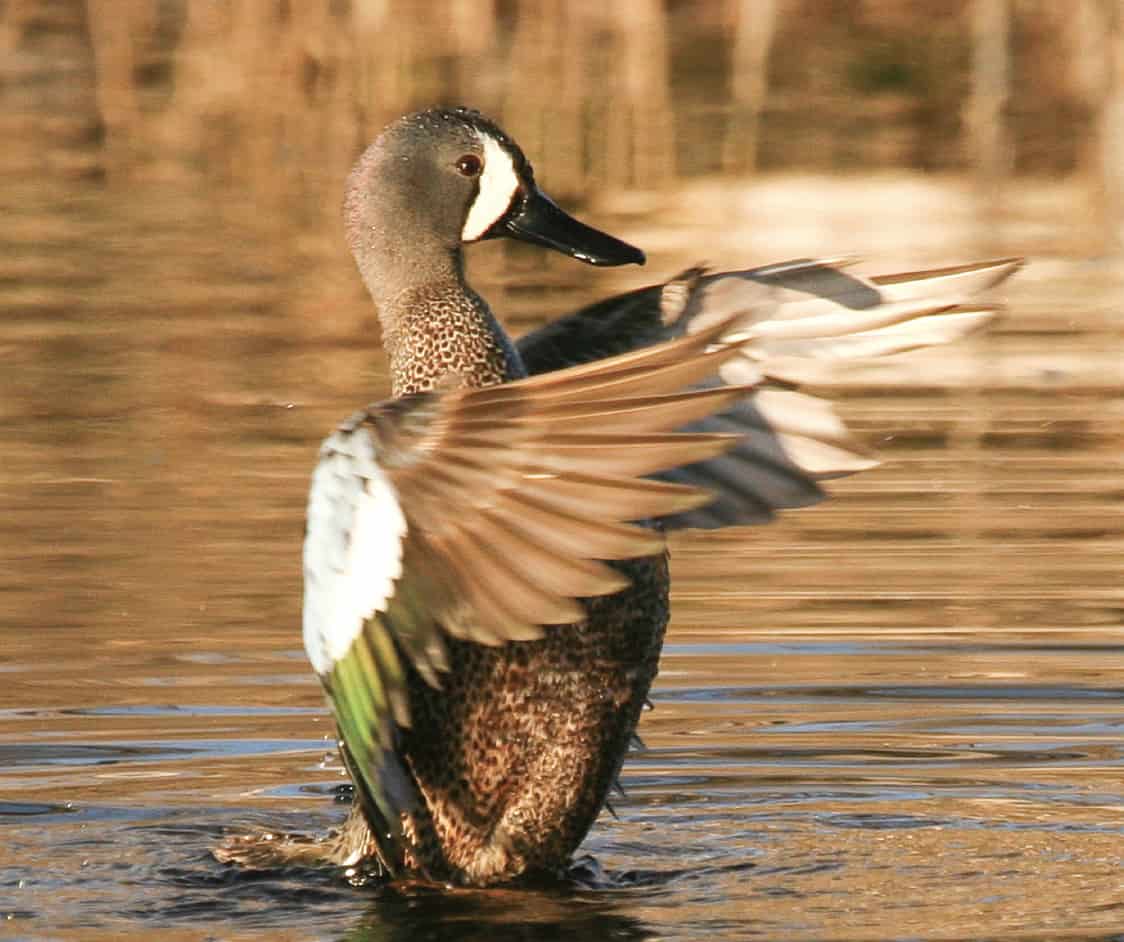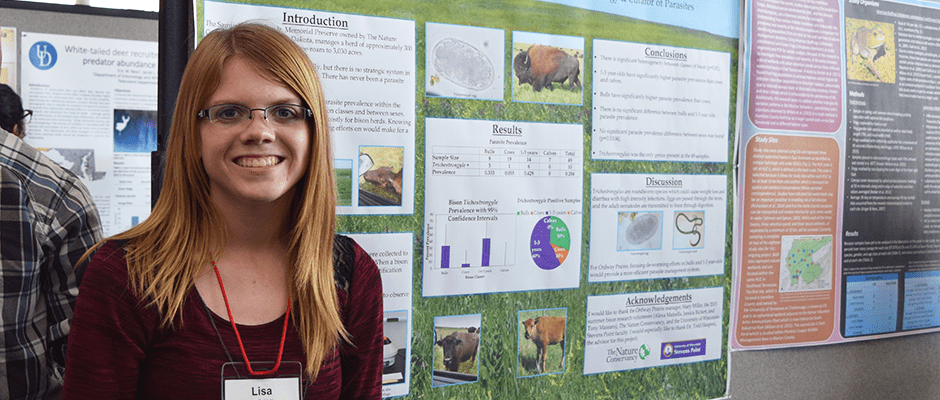
Student Research project: Parasites prevalent in bulls and juvenile bison
While interning with The Nature Conservancy in South Dakota in August 2015, Lisa Zoromski, a University of Wisconsin – Stevens Point senior, found that bulls and juveniles in the free-ranging...

JWM study: Lasers help map red tree vole habitat in Oregon
Lasers can shed light on where even small species live on the landscape and help wildlife managers plan for their conservation, a new study shows. Researchers used LiDAR to model...
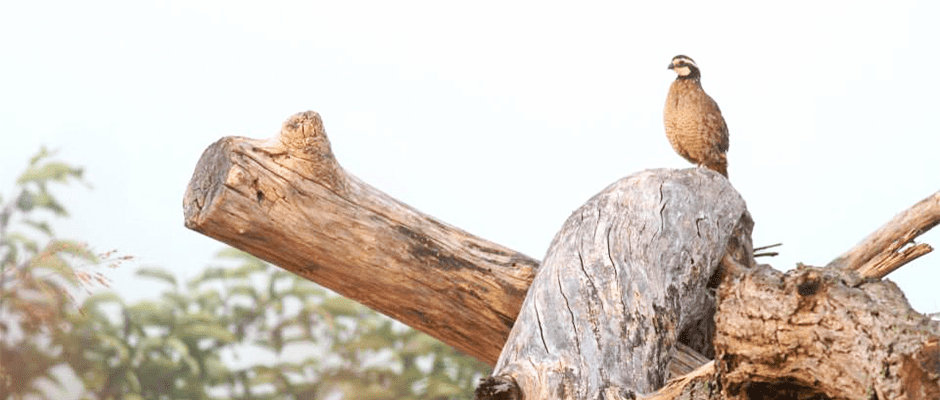
JWM study: From mining to management for bobwhite
Reclaimed landscapes scarred by surface mining could become more valuable habitat for the northern bobwhite (Colinus virginianus), according to a recent study, especially if subjected to certain methods conventionally used...


Large mammals could be irreplaceable, fossil record shows
The giant anteater (Myrmecophaga tridactyla) has a sense of smell 40 times more acute than ours and flicks its sticky tongue over 150 times per minute to eat bugs without...
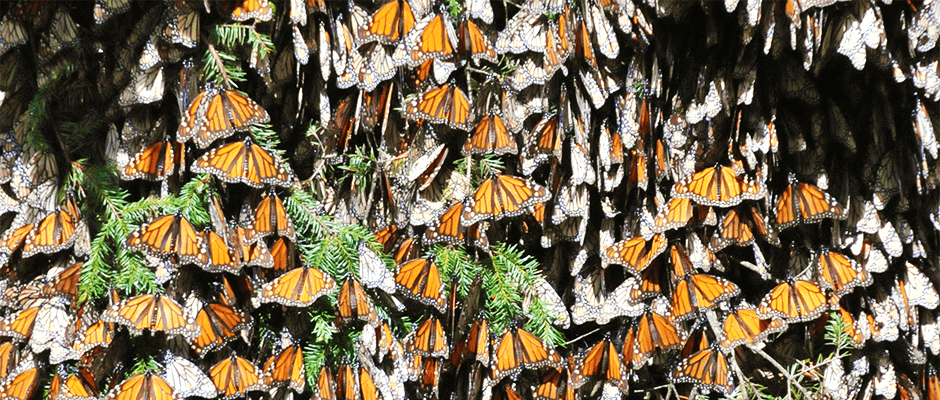
Saving monarchs by identifying where they’re born
As monarch butterfly (Danaus plexippus) populations plummet, new research suggests that efforts to save them could benefit from determining where they’re born and focusing conservation work there. “Our data suggests...
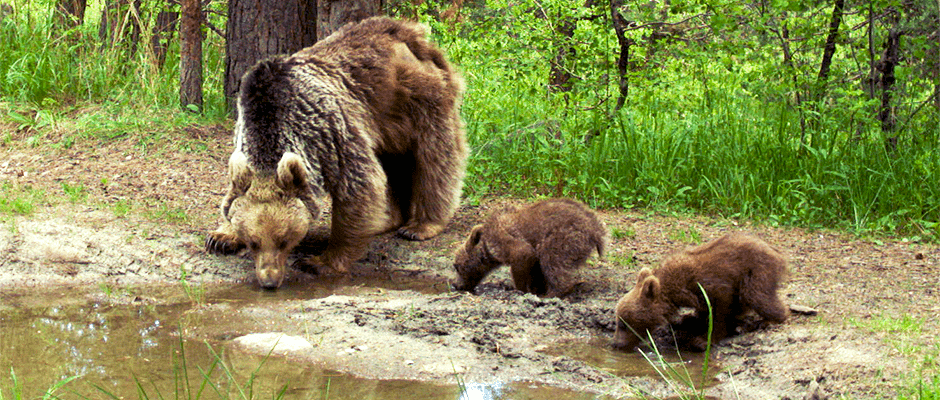
Student research project: Large carnivores surviving on unusual prey
Despite the negative impacts that people have on natural ecosystems, some wildlife species are surviving on the expanded menus that humans offer them. In particular, large carnivores in landscapes altered...
PAID AD

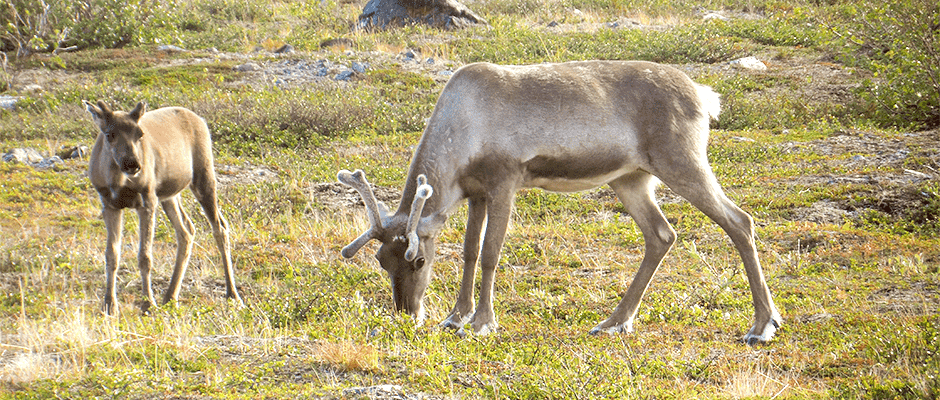
Could reindeer be slowing climate change?
As the climate warms and permafrost thaws, some tundra dwellers might be helping cool the planet. By grazing heavily and decreasing the height and prevalence of shrubs, reindeer (Rangifer tarandus)...
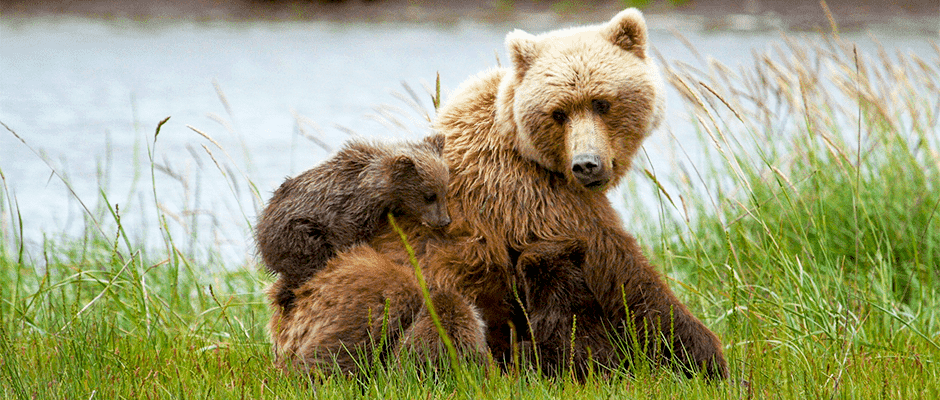
Recreational activities may displace brown bears
Armed with cans of bear spray they hope to never use, recreationists in the Alaskan wilderness dread crossing paths with brown bears (Ursus arctos). But these large carnivores seem wary...
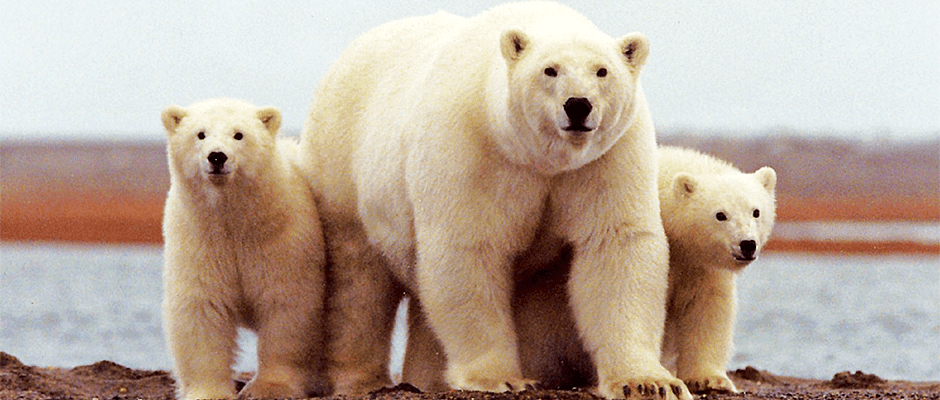
Emerging pollutants present serious risk to polar bears, study finds
For years, the polar bear (Ursus maritimus) has been the posterchild of climate change, but recent research reveals that the species also faces a serious threat from a host of...
PAID AD




